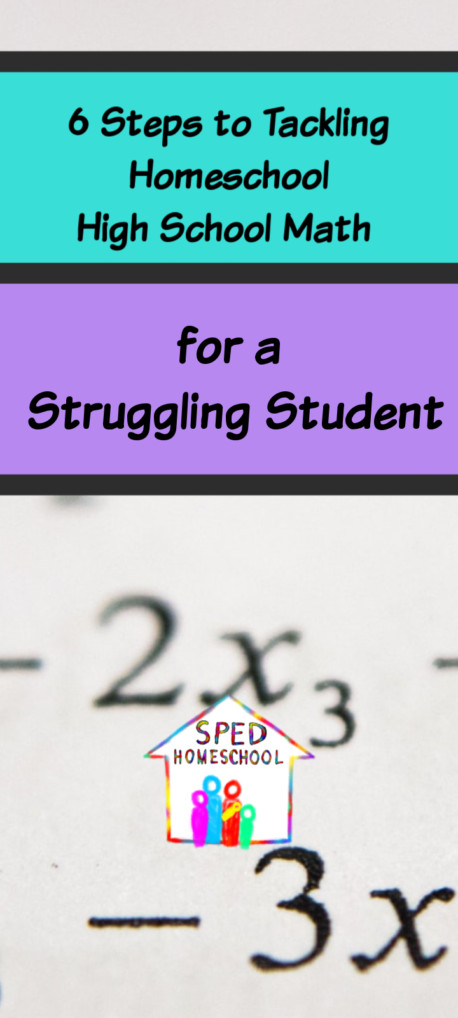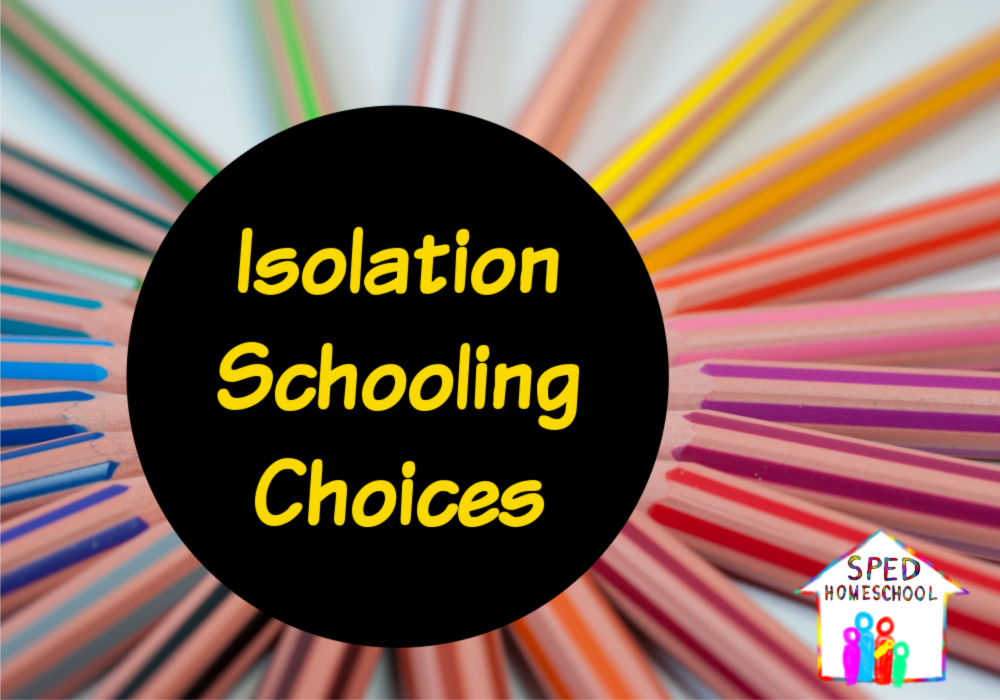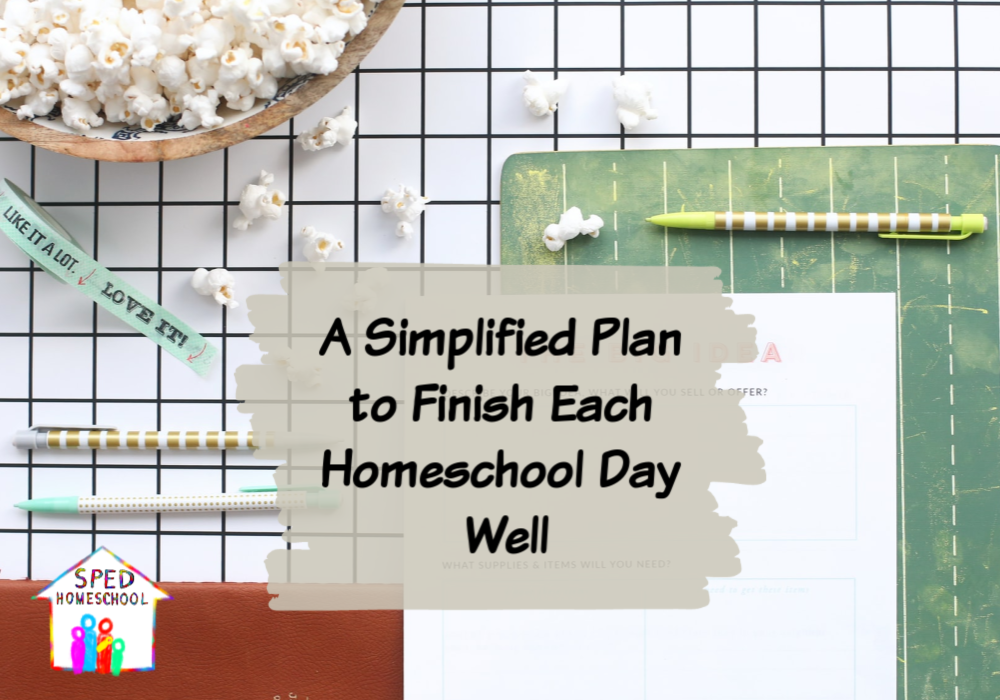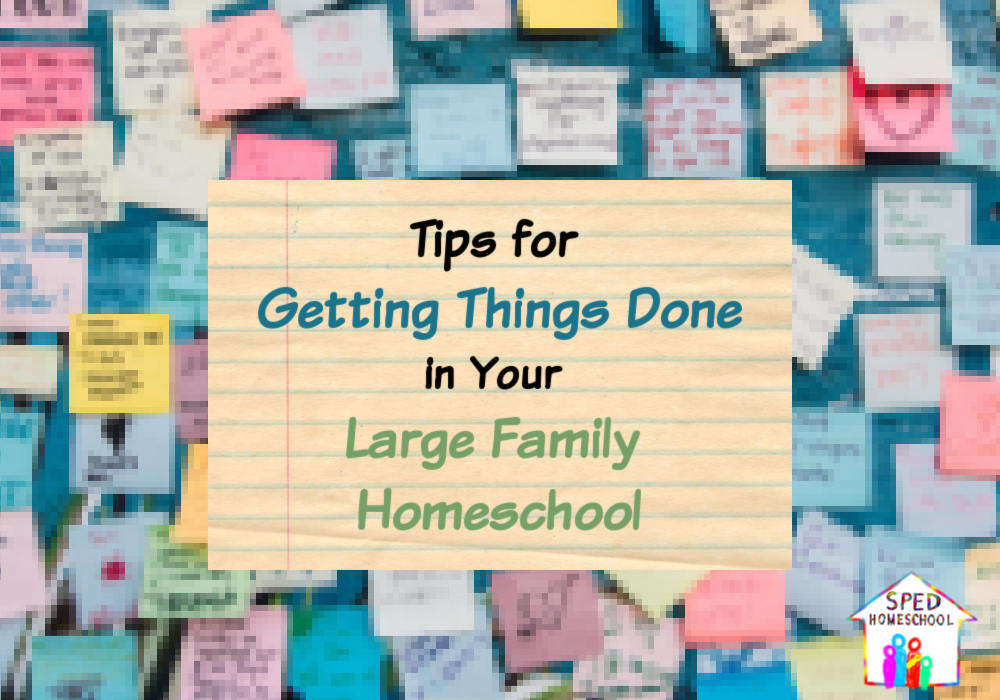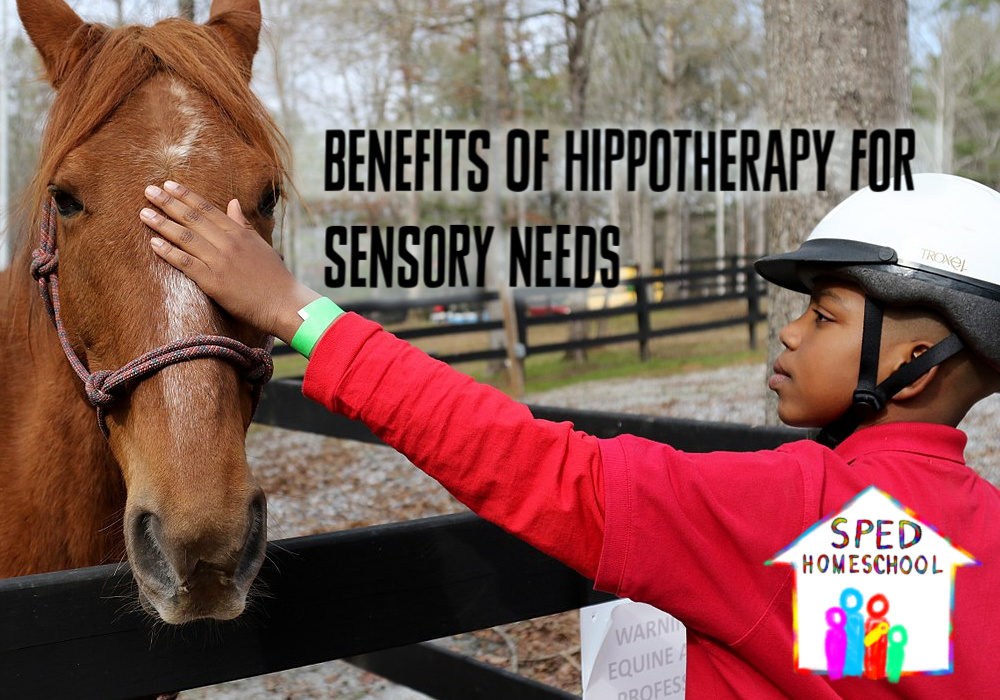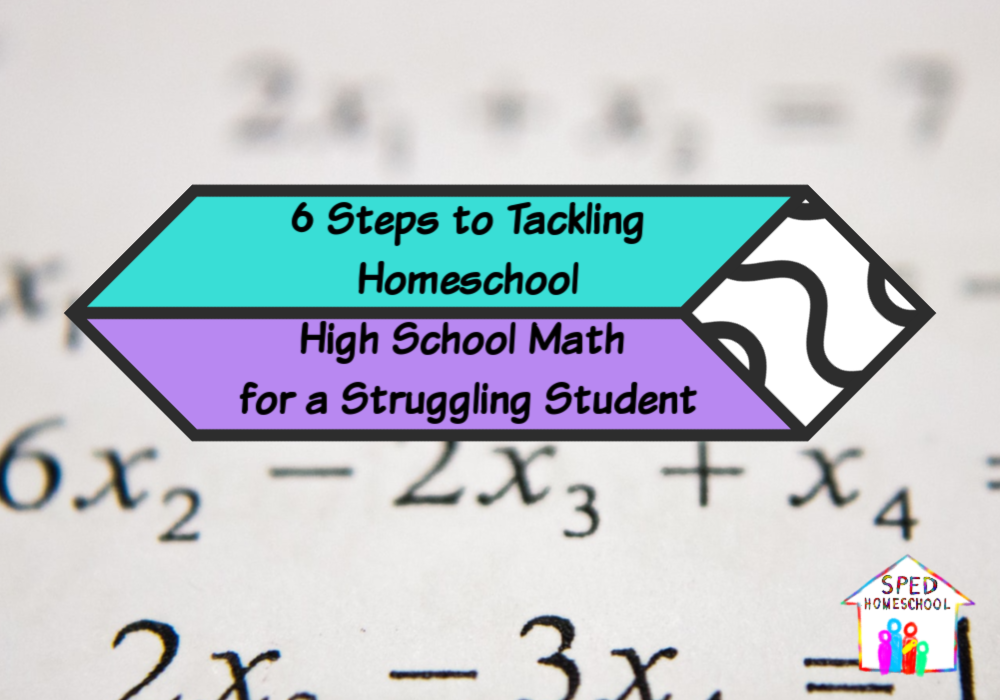
Cammie Arn & Amy Vickrey MSE
Are you worried about teaching high school math for a struggling student? Before you start stressing, it is important to understand that many of your fears can be easily averted before your student even starts high school. How? By answering 6 key questions that will help you take more confident steps forward based on what your student needs and how to meet those needs by choosing the right curriculum and/or setting the proper goals.
What math skills will my student need to know for life?
When considering math, one strategy is to focus on the skills your child needs to know for life. A program that teaches money management, cooking math, math skills for fixing small things around the house, and other daily tasks is just as important as completing algebra and geometry and sometimes is more important than completing these traditional high school math courses.
What are your student’s post-high school goals?
To determine what kind of math your child needs, first consider where your child is headed after high school. What are their plans? What are their goals? Is your student planning to go to college? Or, are they planning to attend a trade school? What kind of entrance exam is needed for the career path they are choosing?
What requirements are necessary to match your student’s aspirations?
Talk to various colleges or trade schools in your area to determine exactly what math courses and math testing skills are required for admission. If your student will be requesting accommodations it is also best to talk with the disability services department, as well as the admissions department, to determine what additional documentation your homeschool will need to provide at the time those accommodations are requested.
“Don’t push. Don’t move ahead too fast. A solid foundation in math is more important than gaining little bits of knowledge about higher-level math concepts.“
What remediation does my student need for basic math skills?
The best strategy for remediation is to work with your child at his/her level of mastery. Don’t push. Don’t move ahead too fast. A solid foundation in math is more important than gaining little bits of knowledge about higher-level math concepts. When choosing a curriculum, look for programs that help break down the concepts into concrete steps and provide visuals or hands-on ways to help you and your child “see” solutions. It is also important to find a math program that fits your teaching style and your child’s learning style.
Some great programs to look into:
- Math U See
- Right Start Math (Either the full curriculum or the Games Pack to supplement another curriculum.)
- Unlock Math
- Triad Math – Math Crusade
- Professor B
- Life of Fred
- Khan Academy
- Teaching Textbooks
What alternative math programs might work better for your student?
If your student doesn’t need or desire to take Algebra or Geometry, many different types of math can be supplemented during the high school years.
Some great alternatives are:
- Consumer math
- Stewardship Math by Math U See
- Foundations for Teens by David Rhamsey
- Real Life Math!
- Business math
- Micro Business Course by Carol Topp
- Accounting 101 – The Basics by Accounting Verse
- Critical thinking skills – Curriculum products by The Critical Thinking Company
- Culinary math
- Welding classes
- Construction classes
- Automotive classes
- Home repair and maintenance
- Computer coding
- 7 Sisters Homeschool and Christian Light also have many elective options to use for high school math credits
What higher-level curriculum options accommodate students with learning needs?
For some students, instruction in algebra, geometry, and high levels of math might be needed and/or wanted to meet post-high school goals. Do you feel comfortable teaching math at this level? If so, pick a curriculum you like and start teaching. If not, here are some alternatives and helps:
- Online or video instruction, either private or self-paced
- Co-op or online class that will work with your student’s needs
- Multi-sensory based instruction (making it visual, hands-on)
- Using a graphing calculator or graphing program
- Private tutoring through an online service, friend, or local college student
Did you benefit from this article?
Would you consider a small donation to support the ongoing work of SPED Homeschool?
Click Here to Donate Today
